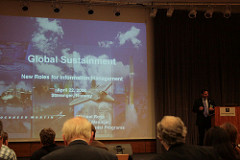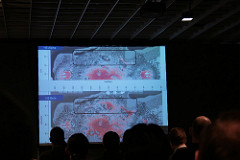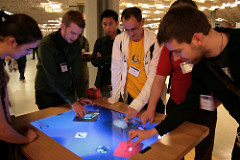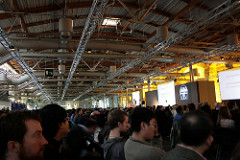Join the 1st NEPOMUK Social Semantic Desktop Summer School at Hotel Victoria, Sliema, Malta 7-13 September 2008. For PhD students, learning about Semantic Desktop and PIM, Social Semantic Desktop.
- Application Closes: 9th June 2008
- Notification of acceptance: 16th June 2008
- Deadline for registration: 15th July 2008
The NEPOMUK Social Semantic Desktop EU Project brings together researchers, industrial software developers, and representative industrial users, to develop a comprehensive solution for extending the personal desktop into a collaboration environment which supports both the personal information management and the sharing and exchange across social and organizational relations.
The NEPOMUK Summer School will represent a very good opportunity for postgraduates students to refine their knowledge in a variety of topics such as Semantic Web, Personal Information Management, P2P, HCI or Social Networking, all in the context of the Social Semantic Destkop. It will consist of a range of theoretical and practical sessions taught by leading researchers in the field and combined with a series of mini-projects to encourage collaboration between participants. In addition to the taught and practical sessions, the students will also benefit from and enjoy a stimulating environment through social interactions with the lecturers, tutors or the other students.
Target audience
We welcome applicants independently of the location in the world. As requirements, the applicants should be PhD students, postdocs or young researchers acting in relevant disciplines for the field.
The accepted participants are expected to arrive in Malta on September the 7th and be willing to commit theirselves to the Summer School’s activities, in terms of a full participation, until noon September 13th. Applications that do not fulfill these requirements, will not be considered.
 Happy Birthday, Free Web. On April 30 1993 (well, I am a week late to gratulate, but anyway) CERN published the software and standards of the web as free software.
Happy Birthday, Free Web. On April 30 1993 (well, I am a week late to gratulate, but anyway) CERN published the software and standards of the web as free software.






 And you can win a MacBook Air 🙂
And you can win a MacBook Air 🙂